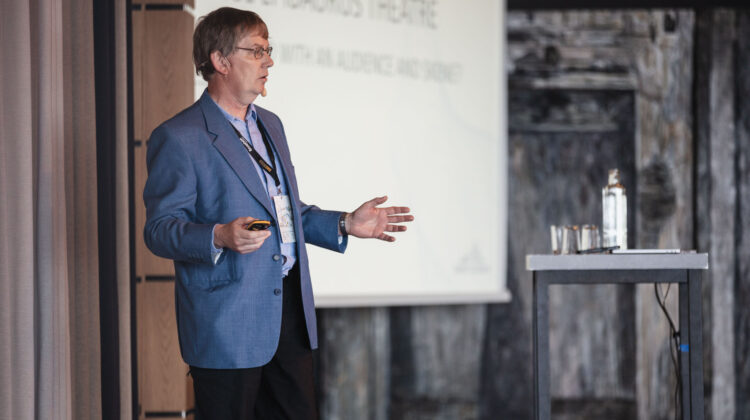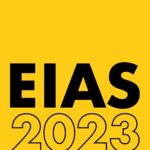
For practical reasons, most measurements of acoustics in ancient Greek theatres are made without an audience. Under those conditions much of the sound reaching the listener is in the form of reflections from the curved stone risers that form the seating. These reflections would be attenuated or eliminated by the audience. Let´s explore the Epidauros Theatre.
Directional measurement of impulse response for an improved computer model and implications for modern auditoria
To investigate this, several researchers have used computer models informed by single-channel measurements. However, these which provide no information as to the direction from which individual reflections arrive. We have therefore measured impulse responses in the Large Epidaurus Theatre using a Soundfield microphone, and used a B-format impulse response analyser to investigate the direction of arrival of individual reflections. In addition, to identify those which would not have reached the listener with an audience present.
The results were used to calibrate more accurately a computer model of the Epidaurus Theatre. In order to provide auralisations of the theatre as it would have been 2,200 years ago with an audience. To also include the original Skene building at the back of the orchestra. The results have resonances with our experience of designing other auditoria from semi-circular theatres to wide-format “Harvard” lecture theatres.

Watch Adrian’s EIAS2023 presentation here.
Read more about EIAS2023 here.
Read a previous post from Adrian on Acoustic Bulletin – 10 step guide to classroom acoustics article here.

